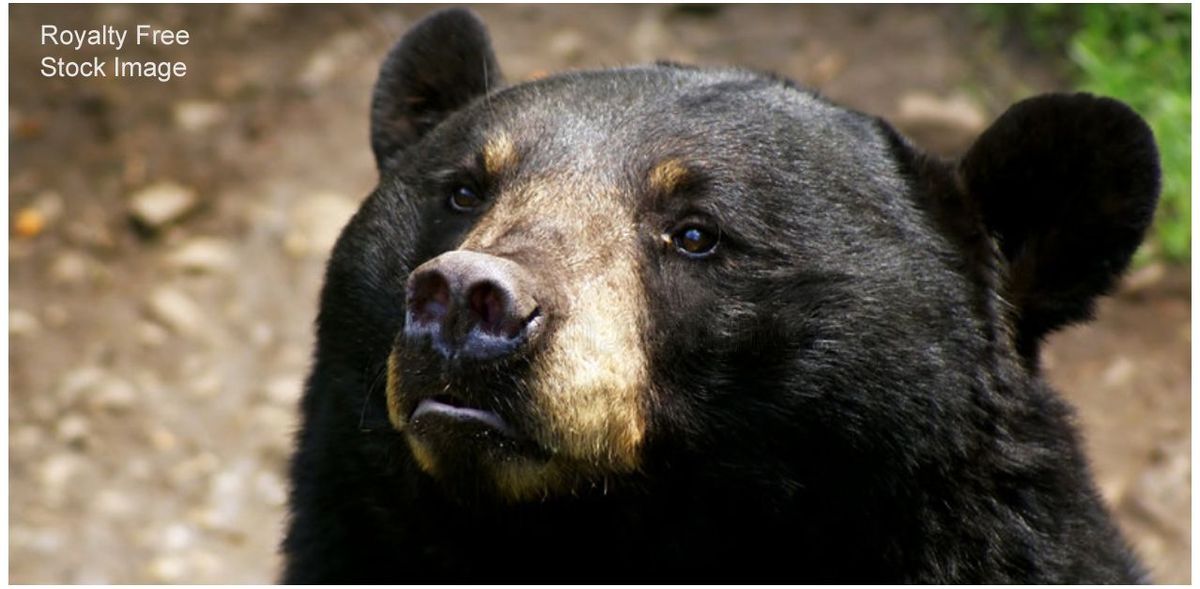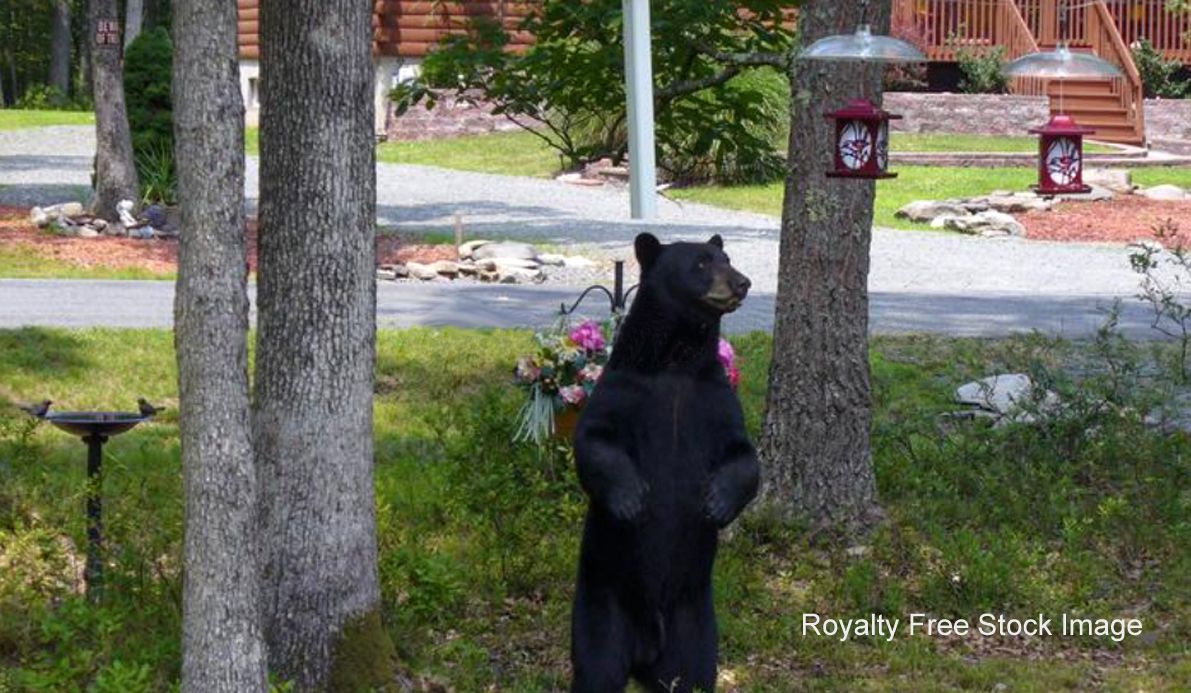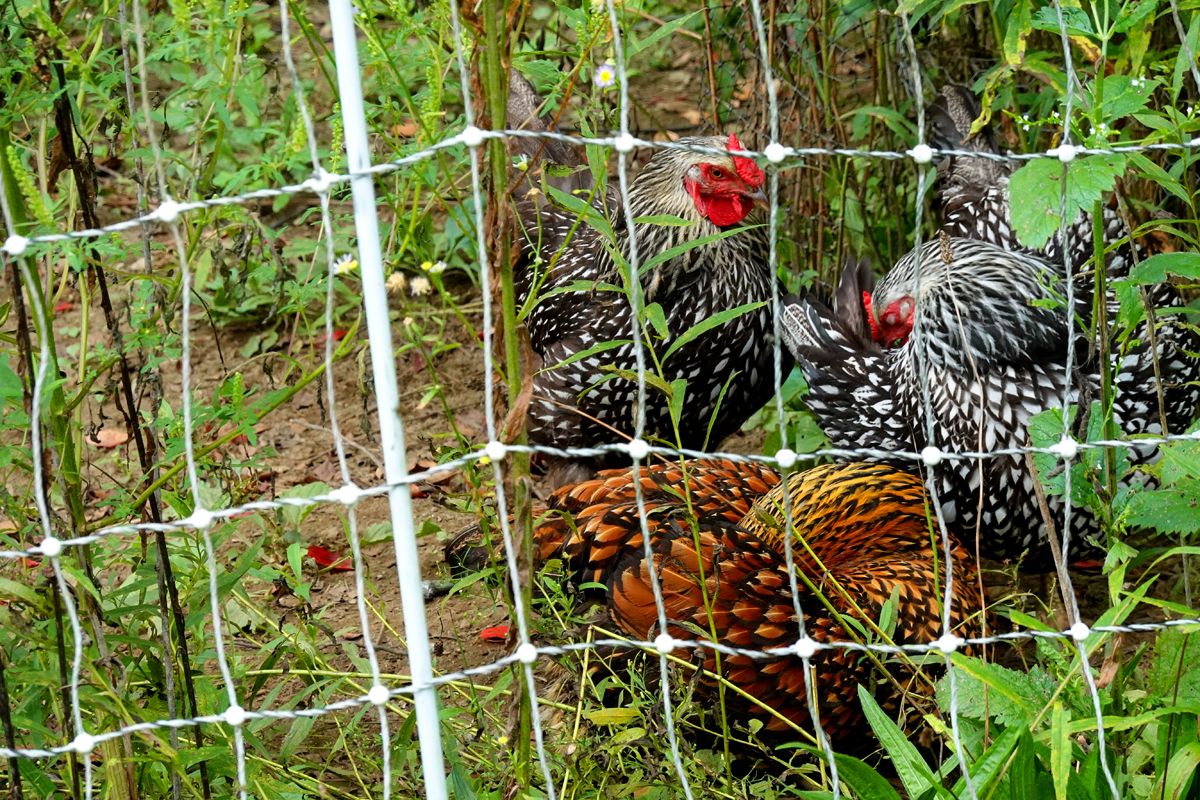Training your local bear
We are both omnivores.

A recent report highlighted a bear on Tucker Hill Road in Thetford that had killed several chickens, ripping into the hen house to reach the hapless birds. Likewise, a few years ago, a female bear dubbed Clarkie became a menace. Three chicken coops were raided before Clarkie was shot to death.
Chickens and bears have come into proximity more frequently since the start of the COVID pandemic in 2020, when interest in home egg production soared. Hatcheries that turn out baby chicks en masse sold out completely, forcing people to hunt high and low on social media for chickens. Now those adorable fluff balls cuddling safely under a heat lamp have graduated and are adult birds living outdoors in a coop and maybe running free in the yard.
And there’s the problem. Most of us love a chicken dinner, and that includes bears, hawks, raccoons, coyotes, foxes, and weasels. But it’s bears that have captured the public imagination. An animal powerful enough to tear the roof or the side off a wooden chicken house gives one pause.
However, this formidable image belies the fact that the American black bear is not a true carnivore, even though taxonomists in their wisdom have placed all bears in the order Carnivora. Examine the teeth of a black bear, and you’ll find that their molars are flat, just like ours, rather than the razor-sharp molars of professional carnivores such as wolves or cougars. Flat molars are for crushing and grinding vegetation, nuts, seeds and the like. Humans have flat molars for the same reason. We are both omnivores. A bear's large pointed canine teeth are essential tools for ripping into rotting logs in search of grubs, wasps, or ants. In fact most of the “meat” in a typical black bear’s diet has six legs or more, and about 80-85% of their diet is plant matter. Bears opportunistically feed on carrion and, as we know, small animals that can’t get away.
Nourishing a large body mass on a mostly vegetarian diet — male bears weigh up to 600 pounds and females up to 200 pounds — means that a bear spends most of its life searching for food. They wake from hibernation after losing up to 30% of their weight, particularly females that give birth and nurse their two cubs during hibernation. A newborn cub weighs about a pound, but by the time it emerges from the den at two to three months, it weighs between four and six pounds. In spring, bears feed on emerging vegetation like sedge tips, hardly a high-calorie food. Like us, bears can only digest young, tender plants. Carrion, such as winter-killed deer, or baby deer too small to run can be a lifesaver.
Berries and nuts sustain bears in summer. In fall, bears fatten up in earnest to prepare for hibernation. This requires about 20,000 calories per day, and it takes about 20 hours a day to find that much food. Acorns are a godsend, but bears don’t limit themselves to “natural” foods. They will always scavenge whatever they can — grain crops, pet kibble, bird seed, or food in human garbage. Their quest is aided by an extraordinary sense of smell, reputedly the keenest in the animal kingdom. A bear can smell a patch of ripening berries from two miles away. Their sense of smell is about seven times more acute than a bloodhound’s, or 2,100 times better than a human’s.
Coupled with this, bears are at least as intelligent as dogs and outperform chimpanzees, our closest relatives, in tests involving color discrimination. In contrast to chimps, they lack opposable thumbs but can, nevertheless, open screw-top jars and door latches. And, of course, they are strong and can make a forced entry. One bear weighing 120 pounds was recorded flipping over rocks of up to 325 pounds with one paw.
Unwittingly we train these intelligent animals to lose their fear of humans with a most powerful training tool — food. They quickly learn that approaching human habitation often results in a high-calorie reward like sunflower seed, pet kibble, kitchen garbage, beehives, or chicken grain, all there for the taking. Soon they learn that humans yelling and waving arms are not really a threat. They most certainly can smell chickens from a long way off. Bears like Clarkie learn that chicken coops are no barrier to an easy meal and become repeat offenders. And, as the saying goes, “A fed bear is a dead bear.”

But bears can also be trained to avoid things, including chicken coops. The single-most effective training device is an electro-net fence (a prefabricated electric net barrier) with a charger that delivers at least 6,000 volts. Training a bear in avoidance is simple. Smear bacon fat or peanut butter directly on the live wires or on strips of highly conductive aluminum foil attached to them. Bears investigate a promising smell with their tongues to transfer whatever they pick up to the chemical-sensing Jacobson’s organ behind their front teeth. After a few shocking experiences, bears will lose interest in whatever is behind the fence. One biologist trained bears to stop attacking beehives by using honey-laden foil on a temporary electric fence powered only by D-cell flashlight batteries.
While 6,000 volts sounds lethal, it is not. (Otherwise it would kill the chickens.) A fence charger produces only a small electric current, and it is current that does the damage.

We also need to train ourselves to avoid baiting bears. Don’t keep chicken feed inside the chicken house; feed wild birds from December to March only; lock garbage, bird seed, chicken grain, etc. in a secure building; and don’t leave pet food out. And be aware that electro-net fences only work when they are maintained. Keep weeds from touching the live wires and shorting out the fence.
A strong non-electric fence may not be sufficient since bears can climb.
Last year, Vermont Fish and Wildlife received 162 incident reports of bears going after chickens, and many more went unreported.
